 I am drawing an EER diagram to represent the following relation. The employee can be either supervisor, clerk, assistant or HR. But supervisor can perform all tasks of other roles. Am not sure whether, i need to connect owner to all relations of clerk, assistant and HR. This makes diagram more chaotic.
I am drawing an EER diagram to represent the following relation. The employee can be either supervisor, clerk, assistant or HR. But supervisor can perform all tasks of other roles. Am not sure whether, i need to connect owner to all relations of clerk, assistant and HR. This makes diagram more chaotic.
Since the supervisor can perform all tasks of any other role, should i connect supervisor to tasks of clerk, assistant and HR?
Other than connecting owner to all other tasks, is there any better approach to make diagram simpler?